The Museum of Turkish and Islamic Arts is Ottoman palace on the western edge of the Hippodrome was built in 1524 for İbrahim Paşa, childhood friend, brother-in-law and grand vizier of Süleyman the Magnificent. It’s now home to a magnificent collection of artefacts, including exquisite examples of calligraphy and a collection of antique carpets that is generally held to be the best in the world.
Turkish and Islamic Arts Museum’s exhibits date from the 8th and 9th centuries up to the 19th century. Highlights include the superb calligraphy exhibits, with müknames (scrolls outlining an imperial decree) featuring the sultan’s tuğra (monogram). Look out for the exquisite Iranian book binding from the Safavid period (1501–1786). And whatever you do, don’t miss the extraordinary collection of carpets displayed in the divanhane (ceremonial hall) it includes Holbein, Lotto, Konya, Uşhak, Iran and Caucasia examples.
The lower floor of the museum houses ethnographic exhibits. Labels are in Turkish and English throughout.
The Museum of Turkish and İslamic Arts contains Turkish and İslamic Arts all together and is known as the last museum to open in the Otoman Period.The foundation of the museum was commissioned as a result of continuous steal of artworks from various trust bulidings, mosques, masjids, takas and sbrines from all over the country.Studies under a commission chaired by the director of Imperial Museum Mr. Osman Hamdi was completed in 1913 and the Museum was opened to publick as “The Museum of Muslim Endowments” (Evkaf-ı İslâmiye Müzesi) in imaret building within the complex of Süleymaniye Mosque, one of the masterworks of Mimar Sinan, the Chief Architect.
Fallowing the promulgation of the Republic the museum was lent the name of The Museum of Turkish and Islamic Arts and was transferred Ibrahim Pahsa Palace in 1983 where it stands today. The Palace that was given to then Grand Vizler Ibrahim Pahsa by Sultan Süleyman the Magnificent was amongst the chief structures of civil architecture in 16thcentury.
Rose on the stages of ex-hippodrome in Horse Square (At Meydanı) the famous historical square of Istanbul, the Palace in contrast to the Ottoman architectural tradition where all structures were built in wood was built in stone. Although it is identified precisely when and by whom the Palace was built, the alterations made before the great circumcision ceremony and the new entrance gate was known to be built by Sinan the Architect.
The Palace functioned as a palace of grand vizier. The just ceremony at the palace was arranged for the celebration of Ibrahim Pahsa’s wedding with Sultan’s sister Hatice Sultan in 1524. Sultan Süleyman the Magnificent watched the circumcision ceremonies of his princes Mustafa, Mehmet and Selim in 1530 from his lodge (mahfil) in Ibrahim Pahsa Palace. The ceremonial hall and the Assembly Hall (Divanhane) of the Palace was refurbished between the years 1966 and 1983 and obtained today’s condition. Various historical sources describe Ibrahim Pahsa Palace the largest amongst viziers’ palaces an even more marvellous than from Topkapı Palace.
While here, be sure to enjoy an expertly prepared Turkish coffee at Müzenin Kahvesi in the courtyard.
| Address | : | At Meydanı Sok. No:46 İbrahim Paşa Sarayı Sultanahmet, Eminönü |
| Web Site | : | www.tiem.gov.tr |
| : | turkislam@muze.gov.tr – turkislameserlerimuz@kultur.gov.tr | |
| Phone | : | (212) 518 18 05 |
| Fax | : | (212) 518 18 07 |
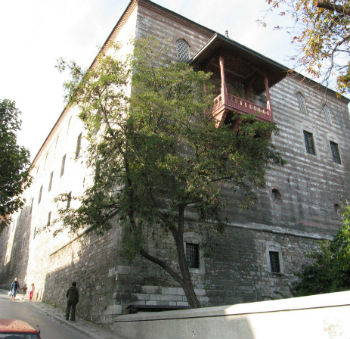
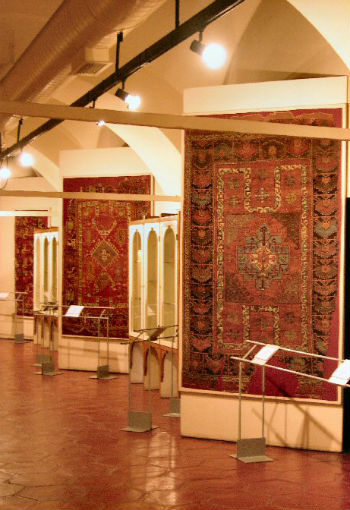
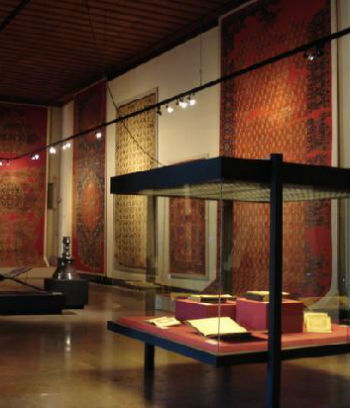
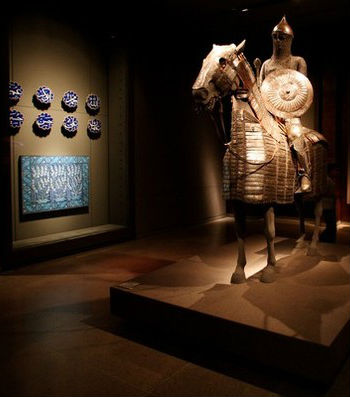
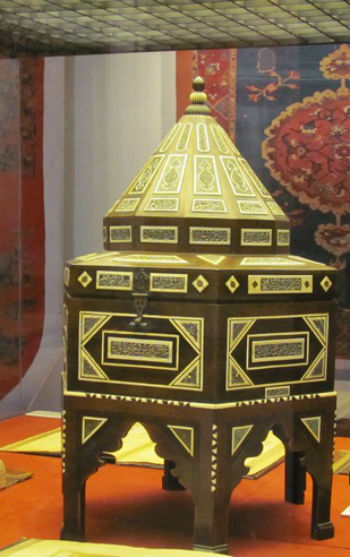


A great collection that covers calligraphic art and jewelled items very well – though somewhat weak on pottery. If you are into carpets, this is the place to come, though we preferred the ethnographic section with its displays of Turkish life through the centuries set out in the form of room sets and tableaus, with good costumes etc.
Please don't miss the oppurtunity to visit the museum which preserved the ancient history, even you will find more like 500 B.C. human remains…. Bronze era, Mesopotamia remains etc etc . In short, Awesome!!!
This is our other museum of preference in Istanbul, along with the archaeological museum. Breath-stopping Islamic art objects, especially the grand hall (This used to be a palace.) with its huge hanging rugs. A must see.
If you are a can of carpets, rugs and want to learn more about this subject this is the place to go. Also a very good of vases, calligraphy, with a historical concern. The etnographic part ot the museus recreates life in the different periods of Turkey.
In this section you may find great selections of books, antiques, so many different carpets with so many different designs and more old things which was created on 12th and 13th centuries.
Centrally located and uncrowded, this museum was suprisingly engaging. We enjoy small museums and this one have interesting and well curated exhibits.
There are some of the most beautiful carpets in the world. Also, Turkish domestic life scenes are interesting.
The museum is organized by time period and it was fascinating to see how the different areas conquered by the Ottoman empire influenced the art of the time. Ever wondered what happens to the gigantic rugs that get worn out at the Mosques and Palaces? Several of them were on display here.
This museum should get higher marks in the guide books. It has a beautiful collection of ancient Persian and Turkish carpets, calligraphy, metal work, and tiles. But the best part for me were the dioramas that depicted life through the centuries for the Turkish people, from nomads in their tents to a wealthy 19th century family in Bursa.
It is interesting to see the "history" of Turkish and Islamic art and how the arts changed over the course of Turkish history.